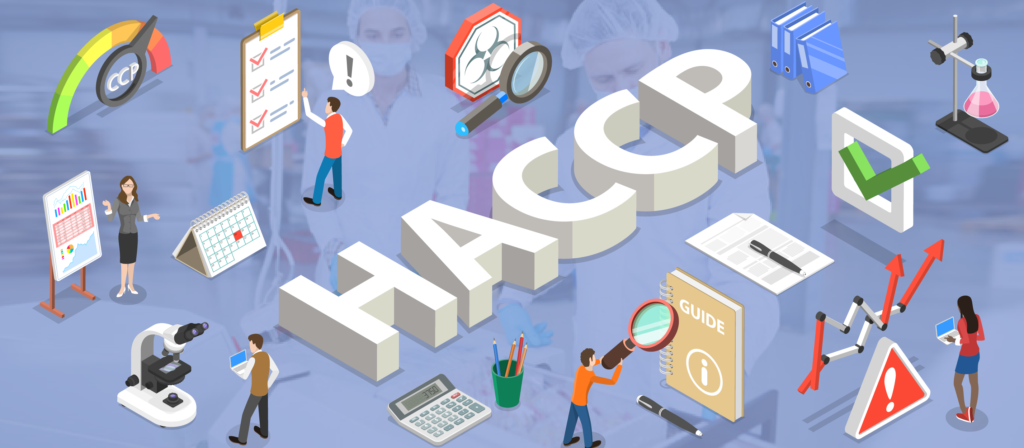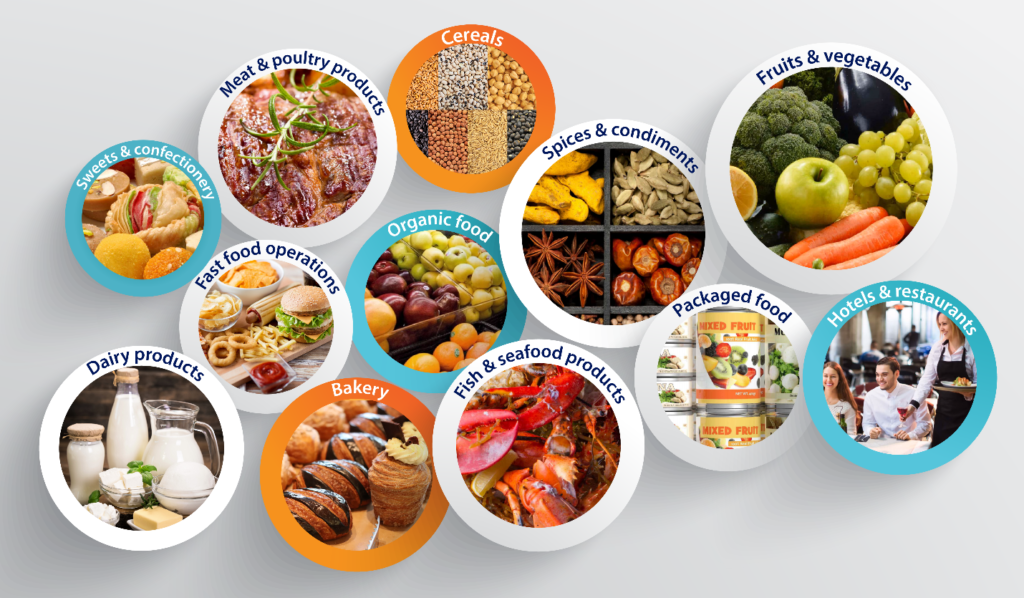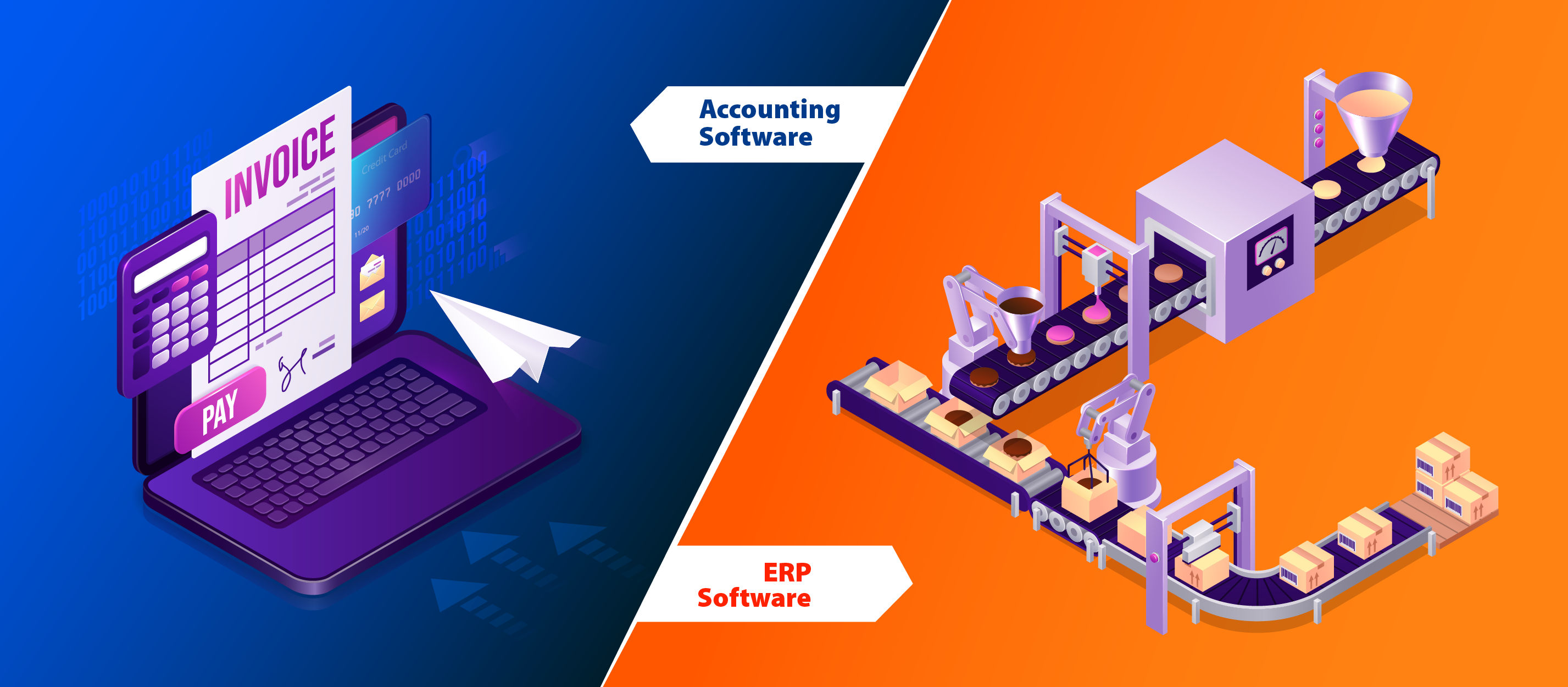
The food manufacturing businesses across the globe are among the hardest businesses to run.
They are legally responsible for the safety of the food they produce, store, or sell, as the consumers expect that the food products they eat are safe for consumption.
A number of foodborne diseases that have spread over the years have had severe repercussions for the food manufacturers.
Such diseases, which can range from being merely unpleasant to fatal, have adverse effects on food businesses such as loss of earnings and productivity, litigation, and severely dented consumer confidence.
While producing food products that are safe for consumption is a complex process, delivering those edible goods from point A to point B is not easy either.
The food products move through a network of farmers, processors, packers, distributors and retail businesses, before reaching the consumer.
The intricacy of this food chain introduces various physical, chemical and/or microbiological hazards, which can occur at any point, from farm to consumption.
Food businesses play a crucial role in the control of these hazards
To control these hazards, the food manufacturing businesses are required to adopt a proactive, preventative approach which involves identifying and controlling hazards before they compromise the safety of food.
In order to comply with these requirements, the food businesses follow relevant industry standards.
These standards include adequate food control programmes to ensure that national food supplies are safe, and of good quality- right from primary production, through processing and storage, to marketing and consumption.
Hazard Analysis Critical Control Point (HACCP) approach is strongly recommended for the food manufacturers to be used as a mechanism to control & enhance food safety, wherever possible.
This approach, which dictates how companies can assess and control various hazards associated with the food industry, is internationally recognized as essential to ensuring the safety and suitability of food.
HACCP Overview
From producers to retailers, all rely on HACCP. It is primarily used in the following sectors of food industry:

HACCP is a framework, a methodic approach, which aims at identifying, evaluating and controlling hazards which are significant for food safety.
To be precise, it looks to introduce checks and standards that reduce chemical, physical and biological risks to the people from raw material production, procurement and handling, to manufacturing, distribution and consumption of the finished product, as far as possible.
Built upon foundations provided by current good manufacturing practice (cGMPs), HACCP is a globally recognized approach for preventing microbiological, chemical and physical contamination along the food supply chain. It is widely used by food manufacturers and by the businesses involved with food supply chain.
Interestingly, HACCP was designed in such manner that it could be used at any stage of the food production process.
It is worth knowing that there are potential risks where the raw foods are produced, where they are cooked and combined, where they are packaged, and where they are stored before sale.
HACCP intends to deal with all of these, and is a structured approach that can fit with most processes.
How HACCP works?
In order to understand how HACCP works, one must know the seven main principles of this approach. It is mandatory for the food manufacturers to adhere to these seven principles in order to correctly abide by HACCP.
Essentially, these seven principles sum up the HACCP approach, which works by identifying the risks, establishing critical control points, setting critical limits, and ensuring control measures are validated, verified and monitored before implementation.
The seven principles of HACCP are as follows:
1. Hazard identification & analysis: The first step involves identifying any biological, physical or chemical hazard/risk that might arise during the food production, storage, packaging or any other process, and then conducting a full hazard analysis, or risk assessment of the processes you are responsible for.
2. Identify Critical Control Point (CCP): Once the risks have been identified, you need to identify the exact points in the food chain where the hazards may arise, and where you need to apply controls to mitigate them.
These points are the CCPs, and you can determine a preventative measure to counter each one of them.
3. Set Critical Limits: The next step involves establishing criteria for every critical control point. It must be determined what exactly the critical limits are, and what the criteria could be that need to be met to control the hazard at the specific point.
For example: Deciding the exact temperature that an item must reach so that it is bacteria-free.
4. Monitor the critical control points: The critical control points should be monitored, keeping records that show the limits have already been met.
Also, you need to determine whether you can carry out continuous monitoring of the control point. The monitoring done at the critical points impacts the HACCP’s program effectiveness.
5. Establish corrective actions: Once monitoring confirms that critical limits at a CCP have been exceeded, you need to come up with corrective actions that allow you to act swiftly to ensure that the hazard does not become a problem.
This could include disposing of any items not cooked properly, or taking any other action that prevents a hazardous item from being consumed.
6. Determine verification procedures: You need to have procedures in place to ensure the HACCP system is working as intended, and the critical limits have already been met.
Paying attention to regulatory requirements and keeping records from the system development and its operation is essential.
7. Maintain documentation & record system: The final step involves keeping records of everything that has been documented. This is particularly helpful when it comes to resolving problems when they arise at a later stage, helping with the evaluation process, as well as ensuring that everything is working as it should.
The 5-Point Setup of Developing a HACCP Plan:
Implementing an accurate and precise HACCP plan requires several procedures and certain steps to follow. They are as follows:
1. Team building
This step entails putting together a team made up of some top management staff or a hybrid model made up of consultants and staff. In this step, the resources and allocations for subsequent procedures are decided.
2. Providing product and process descriptions
This process involves analyzing the goods and assessing and maintaining the management process. This process involves marking the substances’ temperature, shelf life, and other details to ensure safe handling.
3. Creating a comprehensive inventory of the components and ingredients
In this step, all of the ingredients needed to prepare the product are thoroughly examined. The unit takes into account every aspect of the raw materials’ storage and marks each one for subsequent processing.
4. Making a flowchart
The procedure from receiving raw materials to distributing final goods is shown on a flowchart. A confirmation walkthrough research reveals that the facility has a good organizational structure for the procedures required to build a production system.
5. Ensuring adherence to hygiene guidelines
Compliance with sanitary regulations is necessary. For the plan to be implemented, a document covering the legality and maintenance of standards should also be incorporated.
Why is it so important for the food industry?
HACCP is important for the food industry in so many ways. First and foremost, it helps keep the foodborne illnesses and allergic reactions, which often result from poor hygiene in food preparation areas and processes, at bay.
Foodborne illnesses, as mentioned above, can cause mild discomfort in some cases, and may evenpose threat to lives in other. Ensuring the bacteria that cause such illnesses by contaminating the food are not allowed to grow/multiply, is the most important element of HACCP, which can prevent it from happening.
Furthermore, proper implementation of HACCP helps reduce the likelihood of customer complaints or a recall by identifying and controlling potential hazards which may arise from raw materials, facility, or processes.
Then there are other reasons too that make an HACCP system important for the food industry, as it enhances food safety, allows more effective use of resources and more timely response to food safety problems, helps increase consumer confidence in your products, improved quality and consistency, and even comes in handy during inspection by food control regulatory authorities.

How BatchMaster ERP can help as a food safety management system?
BatchMaster ERP software for food manufacturing can act as a food safety management system and help comply with HACCP procedures, and FDA regulations, while simultaneously managing other areas of the business.
It can put the HACCP plans into action with inspection plans, SOPs and checklists against people, facilities and equipment.
The quality control feature of this food manufacturing ERP software enables you to produce a consistent product while ensuring consumer confidence.
You can define and conduct quality tests at different stages such as during receiving the material,or at any stage of the production and packaging processes.
The items that fail any inspection rules can be automatically quarantined and designated for further inspection or disposal.
This food manufacturing system also provides forward and backward traceability for each ingredient and finished product by allowing storage of data at all stages of the supply chain and production, so that you can trace and track through the chain to identify the source of the problem in the event of any issue.
To sum up
Food businesses can’t do without the HACCP procedures which help them control & enhance food safety.
And, for the same, they rely on food industry ERP software, which play a critical role in creating that environment and providing the platform which allows the food businesses to comply with those procedures.
BatchMaster’s food industry software is a comprehensive system that offers food manufacturers the safety, security, and confidence by providing an easy way to gather and monitor relevant process information. To find out more about it, get in touch with us today.



















